As a physics programmer, Julien L'Heureux has quite the explosive specialty: He works on the development of procedural and prefragmented destruction tools for production teams, and more specifically on RealBlast, the tech behind the impressive explosions of Rainbow Six Siege. Julien will head to GDC to give a conference on March 16 titled "The Art of Destruction in Rainbow Six Siege." We had the chance to meet him and ask him a few questions about developing destruction technology.
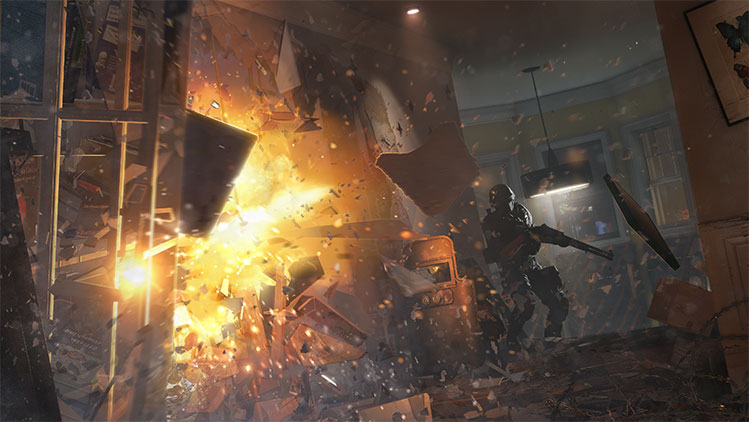
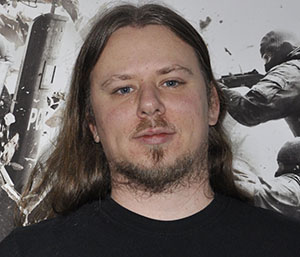
Can you tell us a bit more about why you became a physics programmer?
Julien L'Heureux: I've always enjoyed geometry and linear algebra. When I joined Ubisoft as a generalist programmer, I was really excited to gain knowledge and practical experience, working on physics simulation and mesh generation. From there, I just transitioned naturally to a physics programmer role when we started working on the RealBlast tech.
What I like the most about my job is that it allows me to be truly creative, whether it's about developing a new algorithm, finding a clever solution to a problem, or suggesting how we can improve the player experience. We are given the opportunity to explore our field and turn ideas into concrete solutions. Not every job in computer science lets you do that.
Also, we're all gamers here. We know that if we do our job right, the end result is going to look and feel good.
**You've recently been working on Rainbow Six Siege. How have the destruction tools you developed impacted the game?
**
JL: In Rainbow Six Siege, procedural destruction plays a central role and is used to change the environment and influence the game's outcome. It is based on materials, which need to react logically and consistently to different stimuli. While it is vastly more complex than simple pre-fragmented destruction, due to both tech and production challenges, it allows for a degree of uniqueness and flexibility that just wouldn't have been possible otherwise. We're getting to the point where we can really start allowing players to remodel and interact with the environment: it's not something you see often in AAA games, and in competitive shooters it's a definite first.
Rainbow Six was not the first project using our tech – RealBlast had been used in previous games, including Assassin's Creed IV – but it is the project that really enabled us to push procedural destruction further, expand its potential, and develop more features.
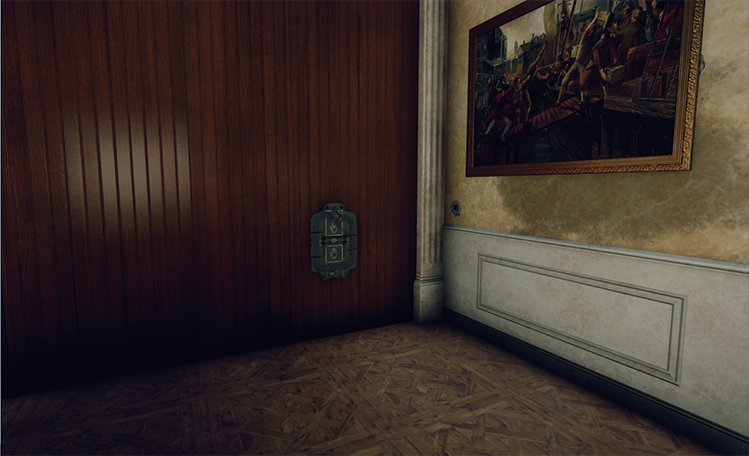
**How do you think destruction tools will have evolved 10 years from now?
**
JL: There is still a lot of room for innovation, that's for sure. Destruction is going to play a bigger role in future games, which will raise new challenges: stress, deformation, voxel-based destruction... I would like to see environments in which everything the player does has a lasting impact. Of course, that means that game design is inevitably going to change as well, but I am sure it will give way to really interesting experiences.
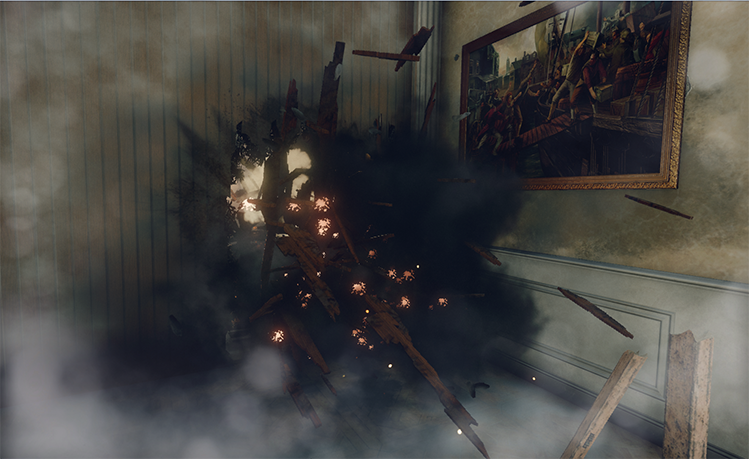
**What is it like working at Ubisoft as a physics programmer?
**
JL: Here at Ubisoft, everyone is really passionate about what they are doing, which has a great impact on the mood and workplace experience. I used to work solely with engineers, but now I'm dealing with artists, other programmers, and directors, and discussing different aspects of the games with them. All of this leads to new ideas, different perspectives, sometimes even friendships. We end up making fun games because we connect on something that's bigger than just work: our passion for video games.
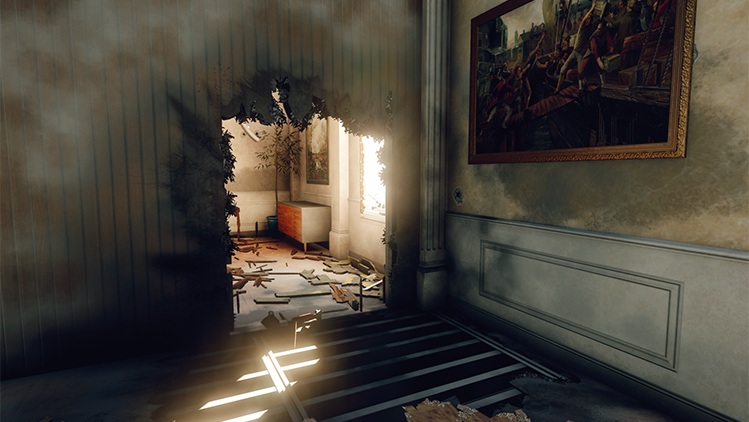
**Can you share one of your proudest achievements?
**
JL: If I had to pick one, that would be Rainbow Six's release, for sure. To see both critics and gamers praise destruction in the game, calling it "awesome," accepting it as a key element of the Rainbow Six experience, was truly rewarding.
Julien L'Heureux speaks at GDC on Wednesday, March 16th. GDC attendees can also join him at the Ubisoft Lounge afterwards to discuss programming destruction in Rainbow Six Siege.



